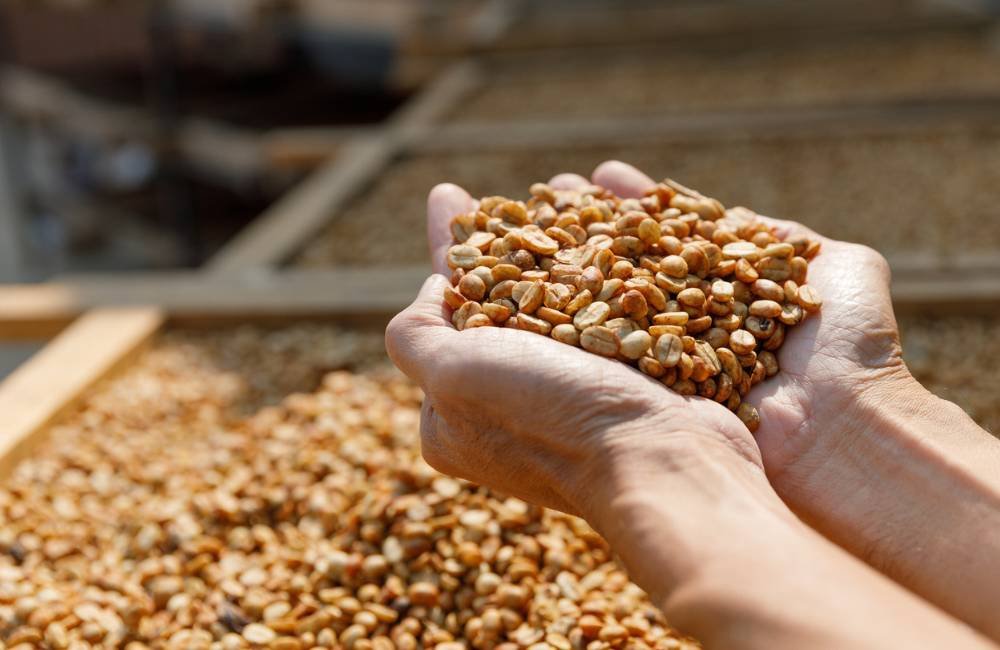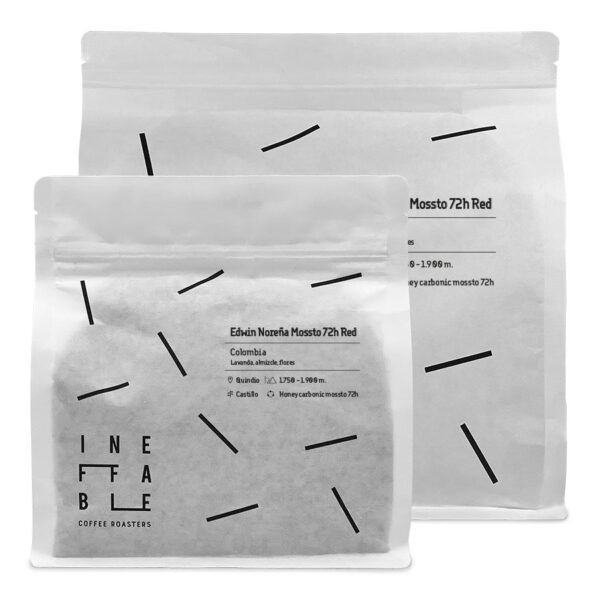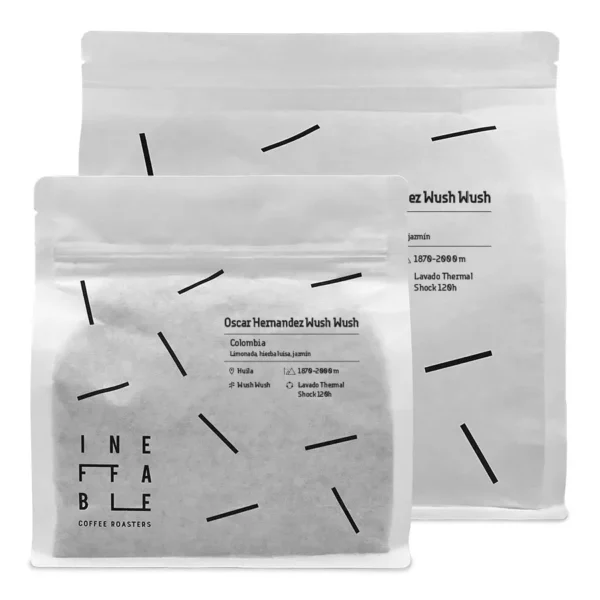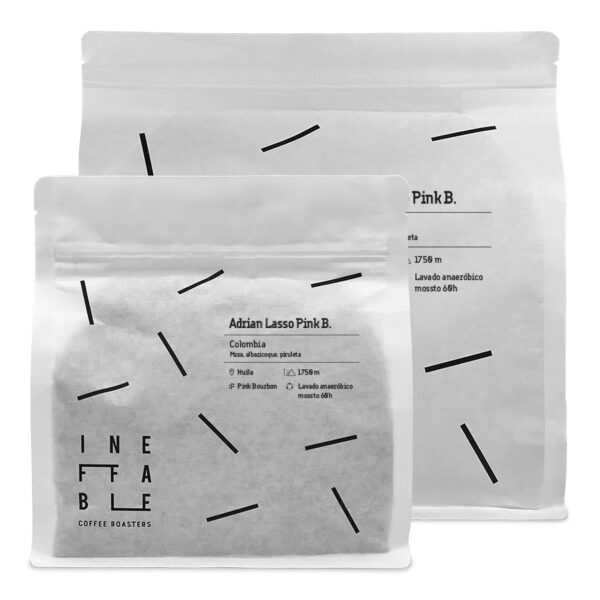The honey process refers to the method of separating and drying coffee beans from the cherry. In a honey process, once the cherries are harvested, the beans are pulped, but part of the mucilage is left on the beans, which is removed once they are dry.
The honey process is one of the three main coffee processing methods after the cherries have been picked. The other two methods are the washed and natural processes (which we discuss in this post and this one). There are more methods and countless variations of them, but these three are the most important and the ones every coffee lover should know.
The honey process is a method that sits between washed and natural processes, aiming to apply the best of both. This process is also called pulped natural, especially in Brazil, and its name defines the method: “pulped” because the beans are first pulped, and “natural” because they are then dried like a natural process. In other coffee-producing countries, it is also known as the honey process or semi-washed.
The process of a honey coffee
When we talk about coffee processing, we refer to the order and method by which the different parts of the coffee cherry are separated to leave the seeds free and dry, which is what we commonly know as green coffee (before it is roasted).
To understand this, it is useful to briefly mention the anatomy of a coffee cherry, as it will help us better understand each process, how and why they affect the seeds, and ultimately, our cup.
A coffee cherry is the fruit of the coffee plant. Inside this cherry are two seeds, just like many other fruits. It is the seeds inside the cherry that we use to make coffee.
Between the seeds, which are hidden inside, and the outer skin, there are several layers that, in concentric order from the outside in, are: skin, mucilage, parchment, silver skin, and seed.
In a honey process coffee, the cherries, once harvested, are depulped, leaving only the seeds covered with mucilage. Once depulped and with the mucilage, the seeds are left to dry until all the moisture evaporates. Later, the mucilage and parchment are removed. The coffee seeds are then ready for roasting.
Stages of the Honey Process Coffee

Coffee beans during drying still covered by mucilage
There are several types of honey process coffee: yellow, red, and black. What differentiates one from the other is the amount of mucilage and/or the time the beans are left to dry with the mucilage. This is actually a significant change that we will understand better by knowing the process step by step and the cup profile it creates.
-
Harvesting. Coffee cherries should always be picked at their optimal ripeness.
-
The coffee cherries are pulped. In this process, the skin is removed, leaving part of the mucilage with the beans.
-
Drying. The beans are left to dry on raised beds or patios along with the mucilage. The drying time will depend on the variety, climatic conditions, and the type of honey process the coffee producer wants to achieve: yellow, red, or black.
That’s why this process can last from one to two weeks. During this time, the beans must be regularly turned to ensure even drying and to prevent defects.
Yellow honey
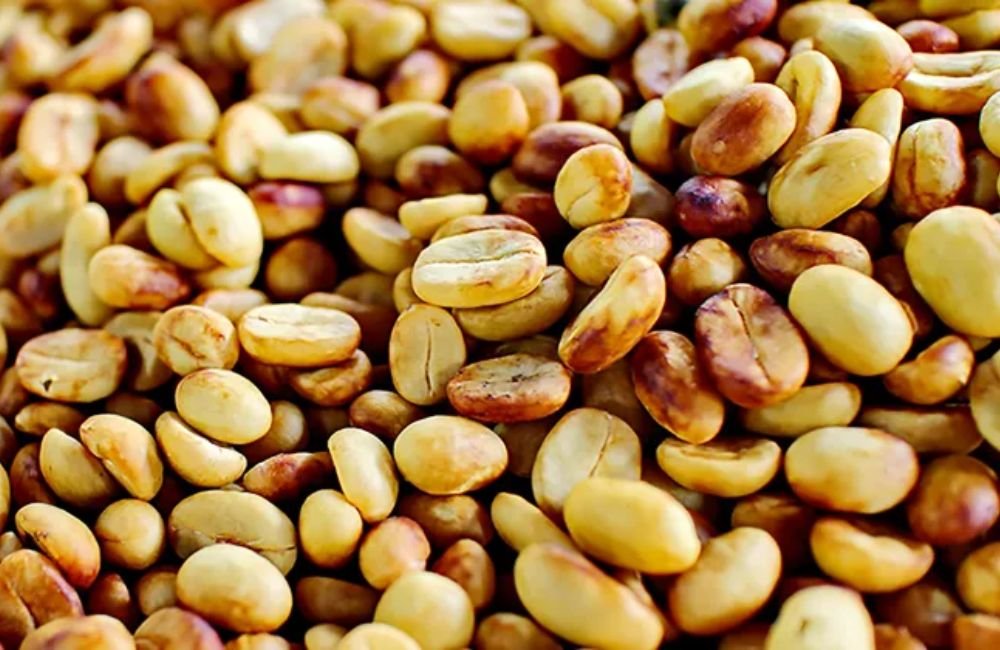
Coffee beans drying through a yellow honey process.
Yellow honey coffee is a coffee that has undergone the previous process and likely retains around 25% of mucilage.
The drying process is accelerated through various techniques, using both shade and sunlight, giving the beans a yellowish hue.
This typically occurs within the first five to seven days, before the mucilage turns reddish and then black.
The cup profile of a yellow honey coffee is similar to that of a washed coffee, with clean notes that highlight the variety, terroir, and climate, but with sweet and fruity notes resulting from fermentation and the transfer of sugars from the mucilage to the bean.
Red honey
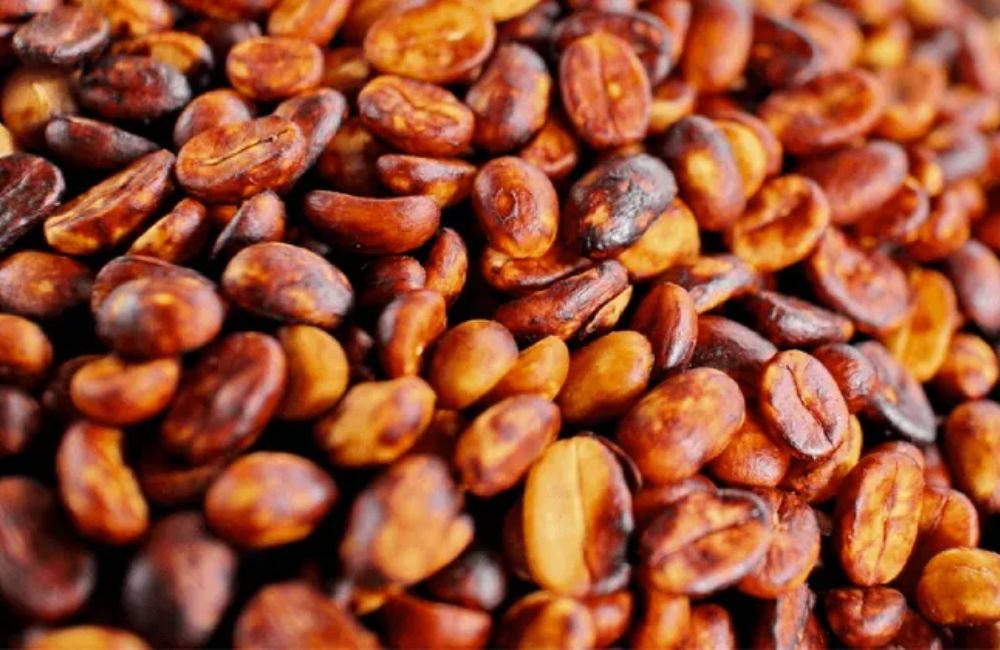
Coffee beans drying through a red honey process.
In red honey coffee, the drying process is extended a bit longer. We are also likely talking about a mucilage content of around 50%, and it is dried until the mucilage has acquired a reddish color. This process usually takes between one week and ten days, although it all depends on the climatic conditions.
In red honey coffee, we begin to notice more fruity and sweet notes, as there has been more time for the sugars in the mucilage to ferment and transfer to the bean.
Enjoy seasonal coffee, visit our store.
- Filter & EspressoCold BrewSpecial process
Edwin Noreña Red – Colombia – Mossto 72h Co-fermented
36,00€ – 132,00€ VAT included - Filter & Espresso
Oscar Hernandez Wush Wush – Colombia – Thermal Shock
36,00€ – 132,00€ VAT included - Filter & EspressoCold BrewSpecial process
Adrian Lasso Pink B. – Colombia – Washed anaerobic 60h
23,00€ – 84,00€ VAT included
Black honey
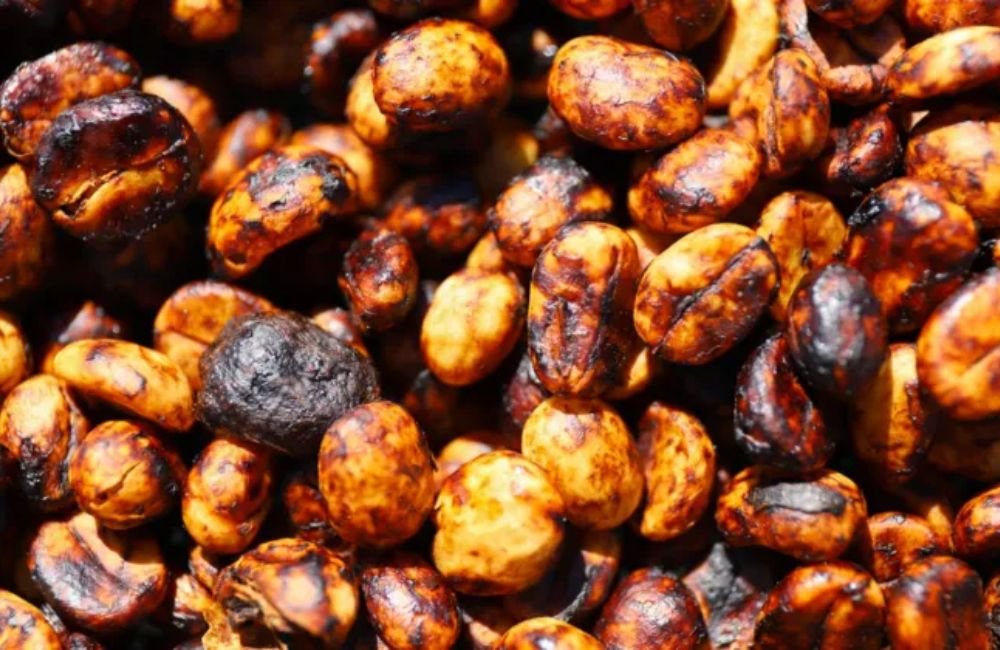
Coffee beans drying through a black honey process.
Black honey coffee has been left to dry until the mucilage has acquired a dark, almost black hue. To achieve this, nearly 100% of the mucilage is left on the beans, and they are dried under shade to prolong the process. This typically takes between ten days to two weeks, depending on climatic conditions.
Black honey is the most challenging to produce among the three types of honey-processed coffees. This is because the extended drying time increases the risk of over-fermentation, the development of defects, or attacks by microbes or pests. For this reason, it requires constant attention.
The cup profile of a black honey coffee closely resembles that of a natural process coffee, with complex sweetness and fruity notes, but without reaching the same intensity. It also retains a clean acidity.
Natural, washed, or honey coffee?
There is no generic answer to this question. In this series on different coffee processes, we have covered washed, natural, and honey coffee. Our goal was never to determine which is better, but rather to clearly explain what these processes mean and how they affect coffee.
Choosing one process over another is a decision made by the coffee grower, who knows their coffee best and how to get the most out of it. All processes are good if the results are good.
Understanding these processes helps us better appreciate the beverage we love, enhances our ability to perceive its tasting notes, and makes us more aware of the work behind each cup from everyone involved in the coffee production chain. In short, it helps us enjoy our coffee even more.
At Ineffable Coffee, we always consider the process, both when selecting coffees and when choosing the roast profile.

